
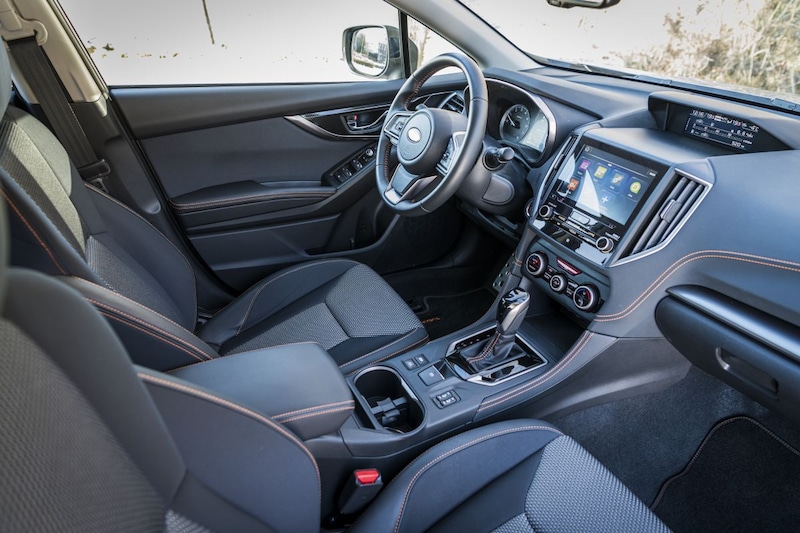
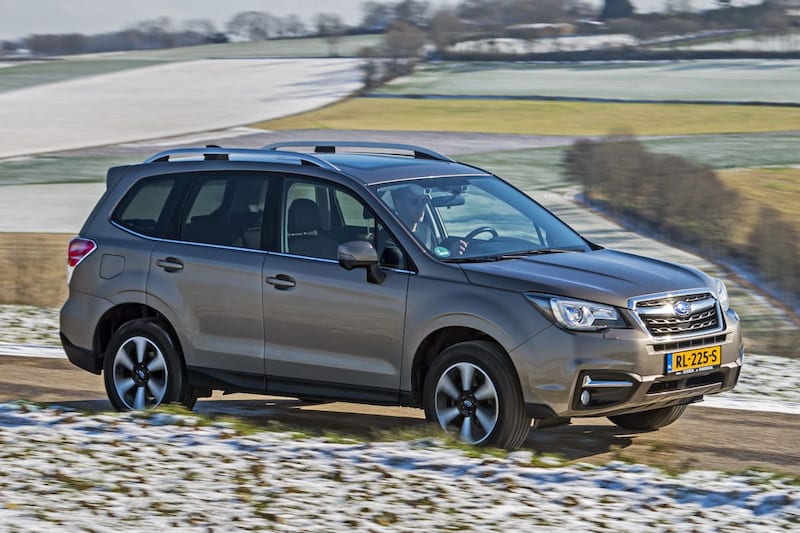

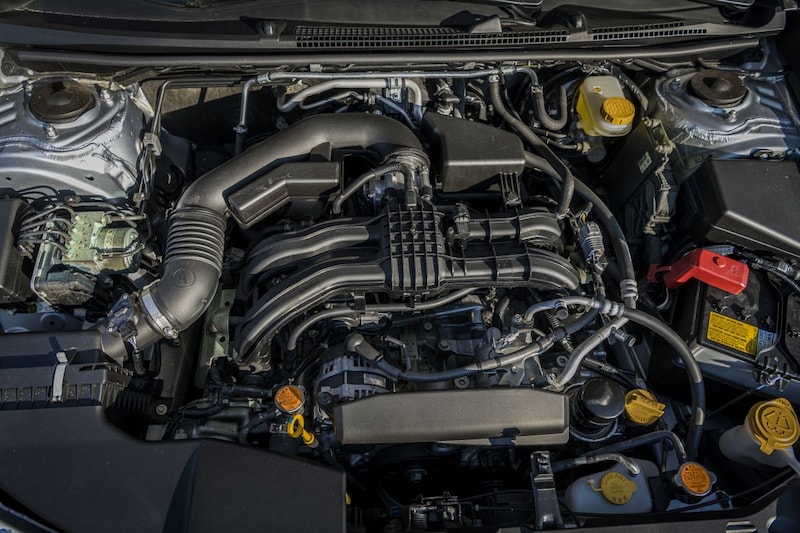
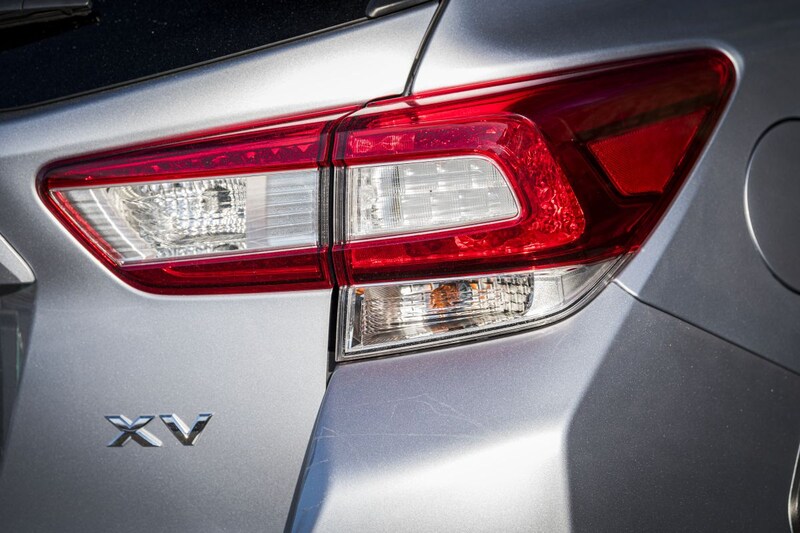

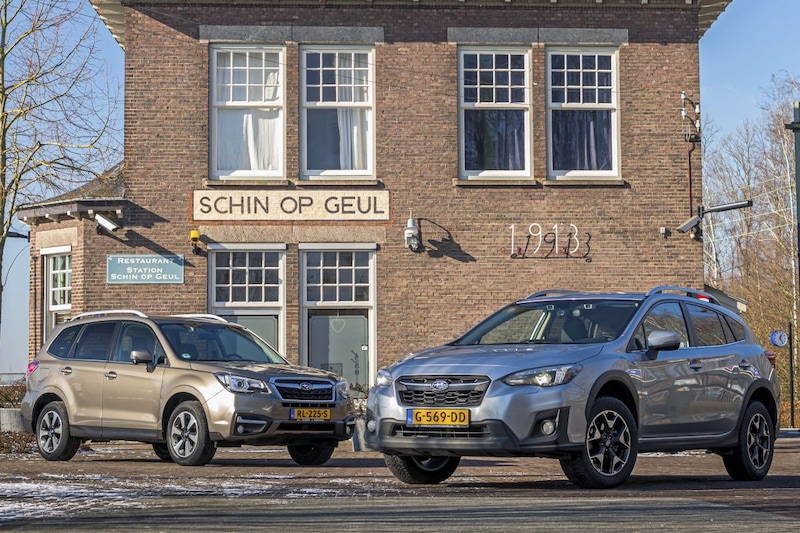


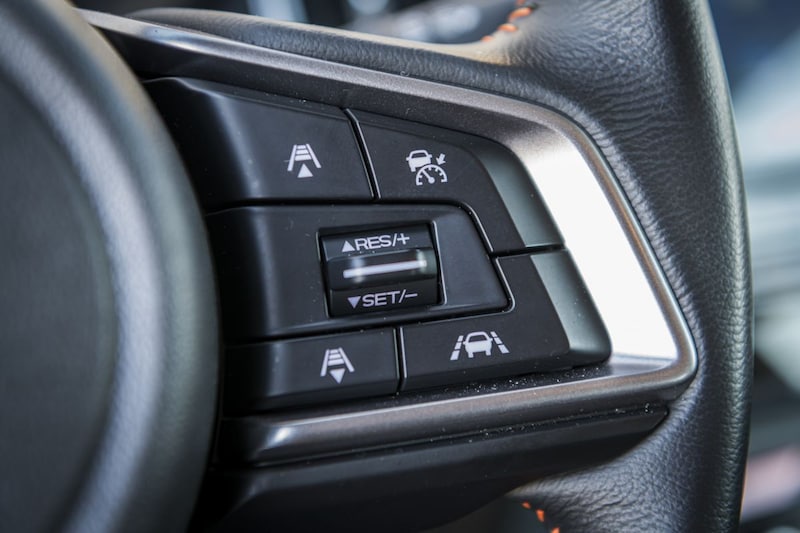
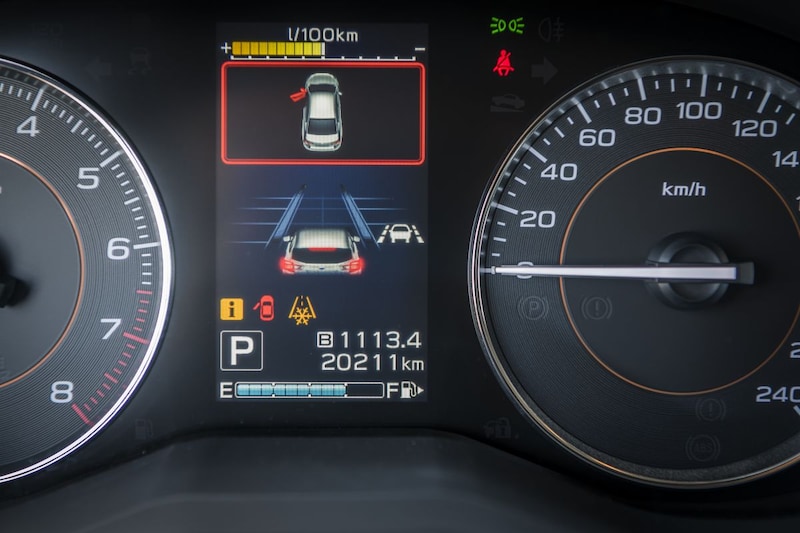
A new Subaru XV or Forester has been considerably priced out of the market due to bpm legislation. That is why Subaru is taking a different tack. Throughout Europe, new Subaru’s are deployed by its own personnel. With a maximum of 20,000 kilometers on the clock and a year of experience, they are retrieved and offered as young used cars. That saves a lot of money on the tax and the price looks much more favorable once. For a test we got in an XV and a Forester from that ‘Approved Used’ fleet.
You are shocked when you look at the price list of Subaru in 2021. With less than fifty grand you will not get there anymore. This is thanks to the Dutch car tax system. Cars that emit a lot of CO2 are heavily taxed and in fact no longer participate. Subaru is severely affected by this. In Europe, Subaru plays a role in the margin anyway, but in America the Japanese are quite well represented. Our continent is therefore considered bycatch and Subaru makes no effort to develop cars specifically for the European market. The most important innovation in recent times is the e-boxer, in which the boxer engine that is so characteristic of Subaru is linked to an electric motor that assists in achieving torque and power to slightly reduce fuel consumption. There is no plug involved.
Subaru is not lacking in popularity with enthusiasts in the Netherlands. The seven-star fire is still burning under the skin. There was a time when Subaru’s were sold new on a fairly large scale. They have been praised for their qualities as a caravan tractor, but let’s not forget the famous Impreza GT Turbo either. To this day, there is a loyal fan base who want to, but cannot because of the high amounts that are charged for new Subaru’s nowadays. Fortunately, the importer is now coming to the rescue with the Subaru Approved Used program. In addition, employees drive new models of the brand for a year, after which they end up in the showroom as an occasion ‘with the head off’. Anyone who has ever studied the import of a young used car from abroad knows that the bpm is a lot more favorable.
See what they cost
‘A new car for the price of a used one’, that is Subaru’s slogan for the used car program. That’s about right. The prices of most competitors, such as the Nissan Qashqai, the Toyota CH-R or – let’s say – the Skoda Karoq start a few thousand further in the thirty grand. The big difference is that a Subaru has four-wheel drive by definition. That is one of the causes of the high CO2 emissions. The drivetrain takes more energy. And energy is CO2. If you look at what similar cars with 4WD cost (if you find one at all), you will see that Subaru’s new prices are not even that crazy. A Honda CR-V is comparable to a Forester and costs 55 grand with 4WD. And then it is a hybrid too. A Toyota RAV4, also a hybrid, costs 46 grand, just like a Jeep Compass. That is how it works on the Dutch car market and the recently introduced WLTP consumption cycle did not do much good either. The question of whether four-wheel drive really benefits you in the Netherlands, will always keep us busy. Of course, if you drive your car to the limit, you can do just that little bit more. But who does that? If you conquer the Alpine passes with four-wheel drive with your caravan, you are indeed too rich. A day in the snow is of course also not to be missed with a 4×4. But those are all pretty rare pleasures. Is that worth the extra money? Subaru would do itself a great favor if it included just front-wheel drives in the program.
Virtually flawless
That brings us to the cars. Subaru is not making it easy. The models are too stubborn for that. For example, Subaru is the only volume brand that still works with boxer engines. That configuration is not a recipe for ideal fuel consumption, but the low center of gravity of a boxer makes a car easier on the road. And for that they sign at Subaru. The four-wheel drive just discussed is also anchored in the DNA of the brand. No Subaru leaves the factory without it, and with that the brand knowingly leaves a lot of sales potential. Another feat is the Eyesight system. This includes adaptive cruise control, lane keeping assistant and automatic emergency brake. Subaru developed this in-house and therefore did not purchase it from a supplier, which would be considerably cheaper. However, the result of that deviating choice is impressive. Where with other brands these types of systems are more often a burden than a pleasure, in a Subaru it works almost flawlessly. The car has been developed around the Eyesight system and it shows. The transmission plays an important role in the system. That is why only one CV is available in a Subaru and not a manual gearbox? Too bad.

Subaru XV
Technically, our Subaru’s of today are therefore very well thought-out cars. But then we get to the look. The days when the brand sometimes had a car that loosened tongues are long gone. We think back with some melancholy to the first Forester, the semi-station wagon Impreza Plus and the crazy XT. Where the first Forester has now reached cult status, the current model looks like a thirteen-in-a-dozen SUV. If you had told us it’s a Nissan or a Toyota, we would have believed you too. Then on to the XV. In any case, this high-legged hatchback looks quite different. You can consider it as an Impreza with a lot of ground clearance. You can decide for yourself whether it is beautiful or ugly.
If you take a seat in the car, you will certainly not be bothered by the appearance. That brings us to the interior. There Subaru has taken a few steps compared to a few years ago. Some soft touch plastic can now be removed and do we see nice stitching there? The time when a Subaru interior had to look vandal-resistant is apparently behind us. What has remained is the feeling of quality. Everything in a Subaru still feels like it was built to last forever. Customers like that very much, because a Subaru buyer is usually not someone who gets rid of his car after a few years.
Old stamp
The differences between these two cars are obvious. The XV is a C-segment car; the Forester is clearly a flight of stairs above it. Furthermore, the engines differ substantially. The XV has a 1.6 with 114 hp and the Forester has the larger two-liter with 150 hp. Due to the difference in the size of the cars, the engines perform more or less the same; you will not find a Forester with a 1.6. On the other hand, there is an XV with two liters. Not that you necessarily need it, because with the 1.6 you can do fine in this car. The boxers could be labeled as old school engines: four-cylinder without turbo. We do not see a three-cylinder Subaru developing so quickly, that is impossible in a boxer configuration. With the boxer engine that Subaru makes nowadays, you no longer have to count on the characteristic roll. The power source runs remarkably smoothly and quietly. If you still want a Subaru that can put up a big throat, we would like to refer you to the aftermarket, where you can get enough.

Subaru Forester
The cars on these pages both cost € 30,000. The XV has a new price of 41 grand, the Forester must yield more than 45 grand. The fact that they now have the same price is due to the high mileage of the Forester. It has already covered 100,000 kilometers, the XV only 20,000. By the way, do not worry about a slightly higher mileage. A Subaru is built to last. He is not afraid of 100,000 kilometers more or less. Just look around and be amazed how many old Subaru’s you still encounter in traffic. A twenty-year-old Impreza or Forester is still a daily sight.
Chances are that with a modern Subaru you can also last a few decades. The investment may be substantial, but you do buy a sustainable car. Whether it is also future-proof will have to be seen. It is hoped for Subaru owners that the government will leave the plans for a CO2-based mileage tax in a dusty drawer for many years to come, because with the emissions these cars show on paper, the fixed costs can go up considerably.